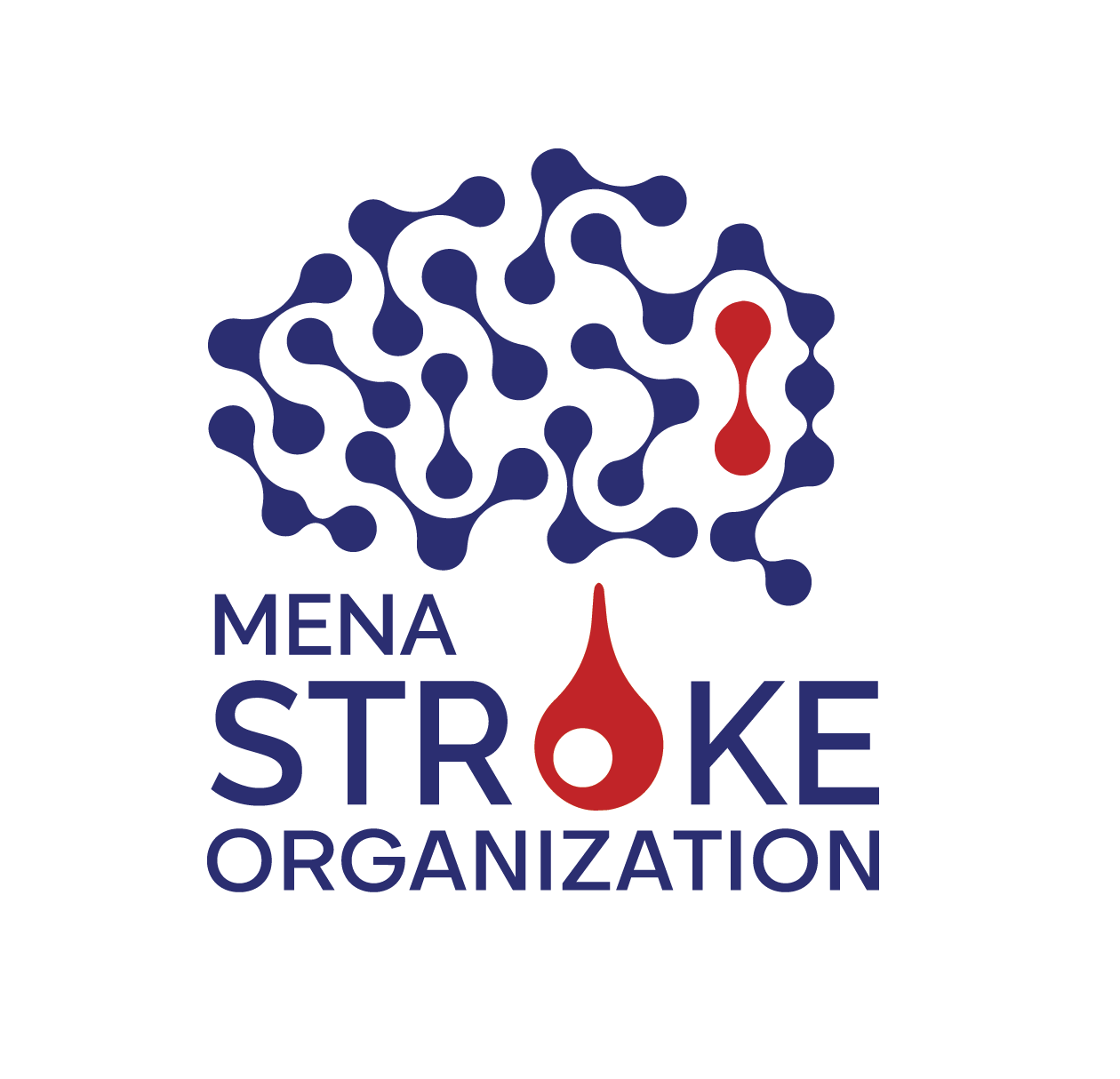The 3rd chapter of the great Cerebrovascular Grand Round Webinar, held under the auspices of the MENA STROKE Organization and supported by Boehringer Ingelheim and Medtronic, was a unique informative session on the Unruptured Intracranial Aneurysms (UIA). It revealed the updates in diagnosis and treatments of the condition. The success of the interactive session was attributed to 1504 participants from 47 countries around the world.
Dr. Suhail Abdulla Alrukn, President of MENASO and Consultant Neurology at Rashid Hospital, UAE, has appointed Dr. Fawaz Alshareef, Consultant Diagnostic and Interventional Neuroradiologist at CMO DRMI, KSA, and Dr. Dilraj Sokhi, Assistant Professor of Adult Clinical Neurology at Aga Khan University, East Africa, as Webinar Chairman. Dr. Dilraj Sokhi delivered the opening remarks and invited Dr. Fawaz Alshareef to moderate the session. Dr. Fawaz has officially introduced the speakers Dr. Faisal Alabbas, Consultant Vascular Neurosurgery at King Fahd University Hospital, Imam Abdulrahman Bin Faisal University, KSA, Dr. Hosam Al-Jehani, KFHU-IAU MNI-H, McGill University, Houston Methodist, Weill-Cornell University, and Dr. Abdulrahman Alturki, Consultant Vascular & Interventional, Neurosurgery King Fahad Medical City, KSA.
Due to an emergency, Dr. Faisal could not attend the webinar and his lecture on Clinical Attributes to Decisions on UIA has been presented by Dr. Hosam Al-Jehani. The session has explained the definition of UIA, signs and symptoms,and types of headache associated with the condition. It discussed the patient related factors and risk factors and focused on UIA imaging recommendations. Dr. Hosam detailed the UIAS and UIATS scoring systems. The conclusion of the session highlighted the additional factors that must be considered by the clinicians while making decision on UIA patient.
The second session by Dr. Hosam Al-Jehani was emphasized on Pathological Anatomy and Flow Dynamics to Guide Decisions on UIA. The lecture, began by sharing the statistical information, explained the formation and rupture of aneurysms with the help of images. While discussing on various conditions, he said that there has been progress in diagnostics and aneurysm ablation techniques over the past two decades. He discussed more on the conservative approach, microsurgical clipping, and endovascular management. According to him, aneurysm parameters include size, size ratio, aspect ratio, bottleneck factor, depth/width ratio, inflow angle, vessel angle, aneurysm inclination angle, irregular shape, and bifurcation with vessel incorporation.
Dr. Abdulrahman Alturki focused on Treatment options of Unruptured Intracranial Aneurysms and the entire session was centered on the two factors: Who to treat; and how to treat? Dr. Abdulrahman said that the optimal treatment for an aneurysm depends on age, condition of the patient, aneurysm and associated vasculature, ability of the surgeon and the availability of endovascular treatment options. The main management options consist of medical observation, surgery and endovascular. He suggested that the best information regarding management of UIAs is based on observed rates of complications in aneurysm treatment compared to the natural history of UIAs. According to Dr. Abdulrahman, a multidisciplinary approach with the input from several physicians working together (Neurology, radiology, neruorvascular neurosurgery) is ‘extremely’ helpful in managing UIA. Webinar Chairman Dr. Fawaz Alshareef has conducted the Q&A session and Dr. Suhail Abdulla Alrukn has also joined them. Dr. Suhail has expressed his appreciation and sincere gratitude to the members for facilitating the webinar with so many
